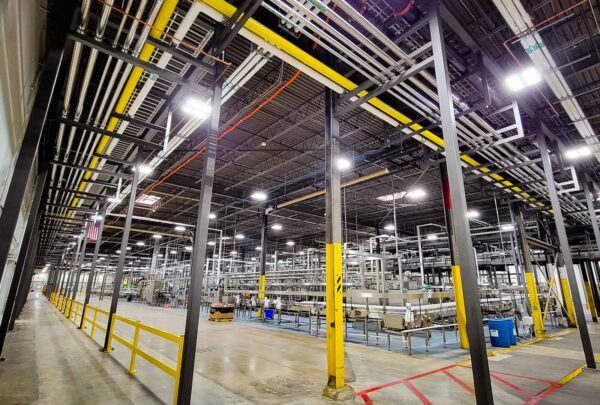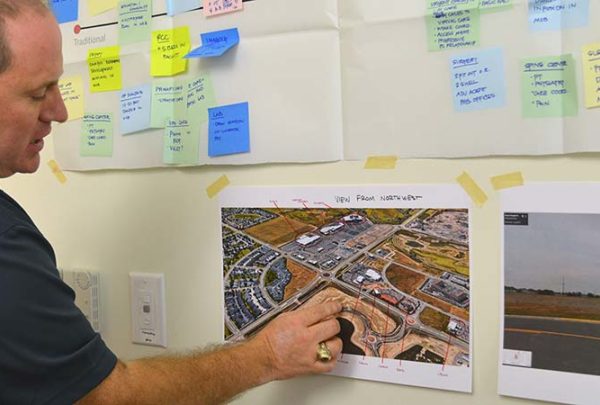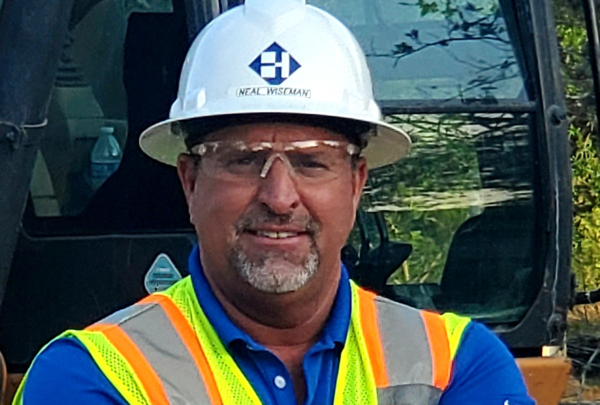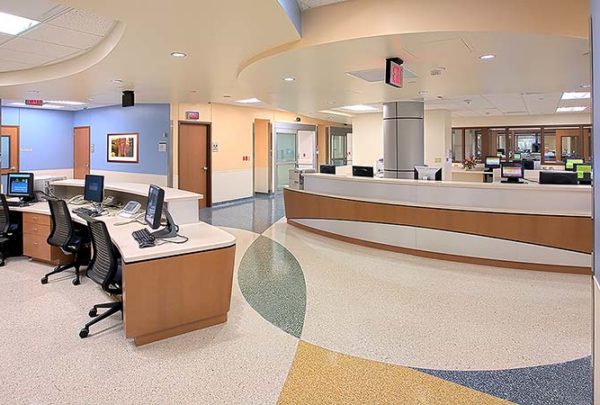In our last blog post on activation planning, we emphasized that implementing even a single process change in a new building can create a coordination challenge among many different stakeholders. Once a decision is made to implement a change, any of the partners in a new process can derail the effort, however unintentionally. Too many things are just too easy to forget or hard to keep track of.
The goal of any hospital activation project is to maintain or improve patient safety and care quality in a new space. But the activation team must also consider many other needs, such as satisfying regulatory requirements; new technology and equipment needs; emergency and risk management; infection control; facility commissioning; security; parking (always a hot button!); staff education and training; verification and testing; marketing and communications, not only to staff but also to physician practices, patients, the general public, and the media; and change management.
Here’s an example from a recent activation project – one involving security, a non-clinical process that is easy to overlook. Below is a non-exhaustive list of processes or operational concerns that would be considered for security during an activation:
- Emergency response
- Security camera location
- Belongings security
- Visitor access
- Gun safe location
- Gun safe physical move
- Door security
- Afterhours entrance closures
- De-escalation
- Response time metrics
- Levels of restricted access
- Securing vacated places
- Rounding of vacated places
- “Code Pink” lockdown process and pathway
- Parking and access enforcement
- Staffing of new building entrances
- Staffing of additional rounding paths
- Helipad security
- Behavioral health security
- Liaising with police, fire, and EMS
- Transporting behavioral health patients on move day
- Badge access
- Elevator access
- Active shooter protocols
- Threat analysis
- Security training for front-line staff
- Staff duress badges and alerts
- New FTEs to cover more square footage
- Drills and testing
- Patient experience
- ADA compliance
- Valet
- On-call parking
- Emergency parking
- Physician parking
- Blue lights
- Shuttle hours
- Shuttle pick-up locations
- Staff escort
Each of these processes requires a team of security and non-security staff to agree on either sticking with the existing process or developing a new process to better fit the needs of the new space. Due to the nature of these processes, decisions often are directly or indirectly related to every clinical department in a new building.
Let’s take a deeper dive into just one of the listed elements above: Securing a vacated space. Many facility projects incorporate decommissioning of a part of or an entire building as a strategic benefit. However, this decision comes with many ramifications. For a time, the area will be open but not operating as patients are being moved, departments are shutting down, and equipment and furniture are being moved. No revenue will be generated from the area, but there will be costs to maintain security and access. Once the area is “mothballed,” security will still need to round on a regular basis. If the building is slated for demolition, it’s possible that it can be completely closed beforehand, but security may still need to round parking areas and access points. Once demolished, the land a building sits on will still need patrol.
Security leaders would do well to work with departments being moved, facilities services, risk and emergency management, local entities for permitting, and others to decide how these processes will work best and to create a realistic plan in response to the expected costs to implement and maintain the new standard work. These considerations are for just one security responsibility. Imagine the amount of coordination needed to manage not just one but many areas of responsibility for just one department among the dozens involved in a facility activation project.
Most hospital leaders and staff simply do not have the time to coordinate all these details. An activation leader skilled in project management and risk, facilitation, and problem-solving in clinical and non-clinical areas can help create a roadmap for all potential stakeholders and efficiently facilitate the project to completion. This facilitator will be able to juggle the many different work groups’ project, communications, and change management needs. It’s often best to have that activation leader come from outside the organization to take advantage of a different perspective and lack of allegiance to any personal or political agenda. It’s also helpful to have an internal coordinator at the health provider level who can help ensure the participation of the right people within the organization.
Activations come with too many decisions that need to be made to leave this important work behind.







































































































